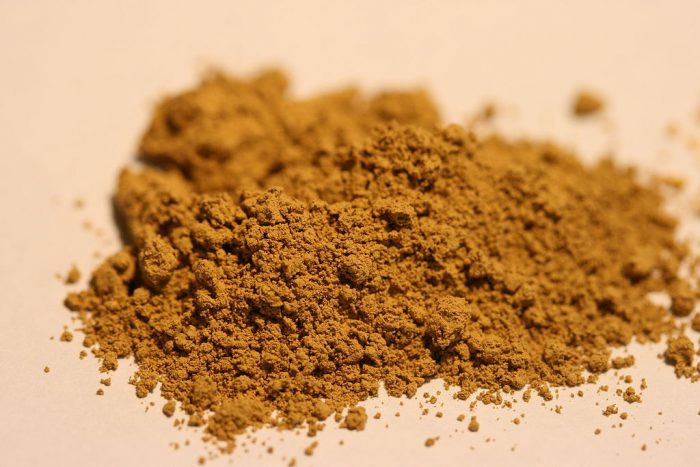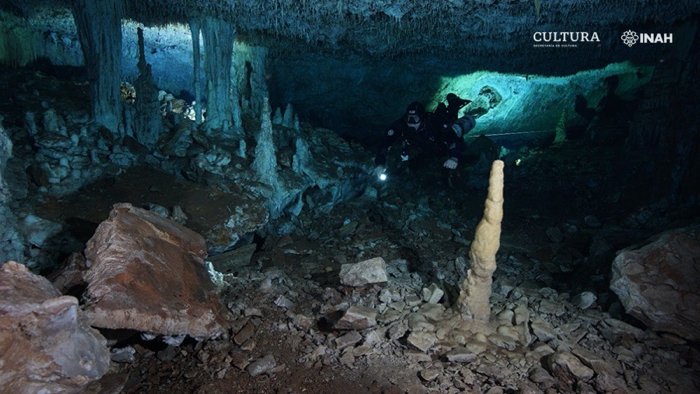Caves are one of the most intriguing—and dangerous—locations on the planet. They can be home to rare species ... and rare minerals. And for those rare minerals, humans have often been willing to risk life and limb to venture down into the earth.
New research on the Mexican coast appears to show new evidence of this. Researchers say that a series of underwater caves there is actually a 12,000-year-old mine.
All about the ochre

An example of yellow ochre. There is also red ochre, which contains more iron. (Wikimedia Commons/Marco Almbauer)
Today, this cave is completely flooded. But thousands of years ago, this mine would have been used by Paleoamericans—early Indigenous people of the area who predate even Mayan civilization. The evidence suggests that they were looking for ochre.
Ochre is a substance that has been used around the world as a pigment in painting and body art (like painting on the skin or makeup). Those super ancient cave paintings that you see? Those were often made with ochre! It was also used by some cultures as medicine.
Ochre was a valuable and important part of their culture. Which explains what these people did to try and find it!
The evidence of mining
Just how do researchers know that a place was used as a mine?
For one, they can see evidence of areas being moved or dug into in a way that is not natural. The patterns were made by humans, not nature.
Then there are also bits of charcoal throughout the caves. These would've been left behind by the torches and fire pits that were used to navigate and illuminate the tunnels. Remember, this is a 12,000-year-old mine. No flashlights back then!
For a really cool tour of the caves, watch the video below featuring diver and micropalaeontologist Ed Reinhardt from McMaster University in Hamilton, Ontario. It's a 'deep dive' into history indeed!
Deep Dive from McMaster University (OFFICIAL) on Vimeo.
 A researcher dives into a system of flooded caves in Mexico. (Sam Meacham/CINDAQ. A.C. SAS-INAH)
A researcher dives into a system of flooded caves in Mexico. (Sam Meacham/CINDAQ. A.C. SAS-INAH)










Wow! So cool! ?
😀 ❗
❗ 😯